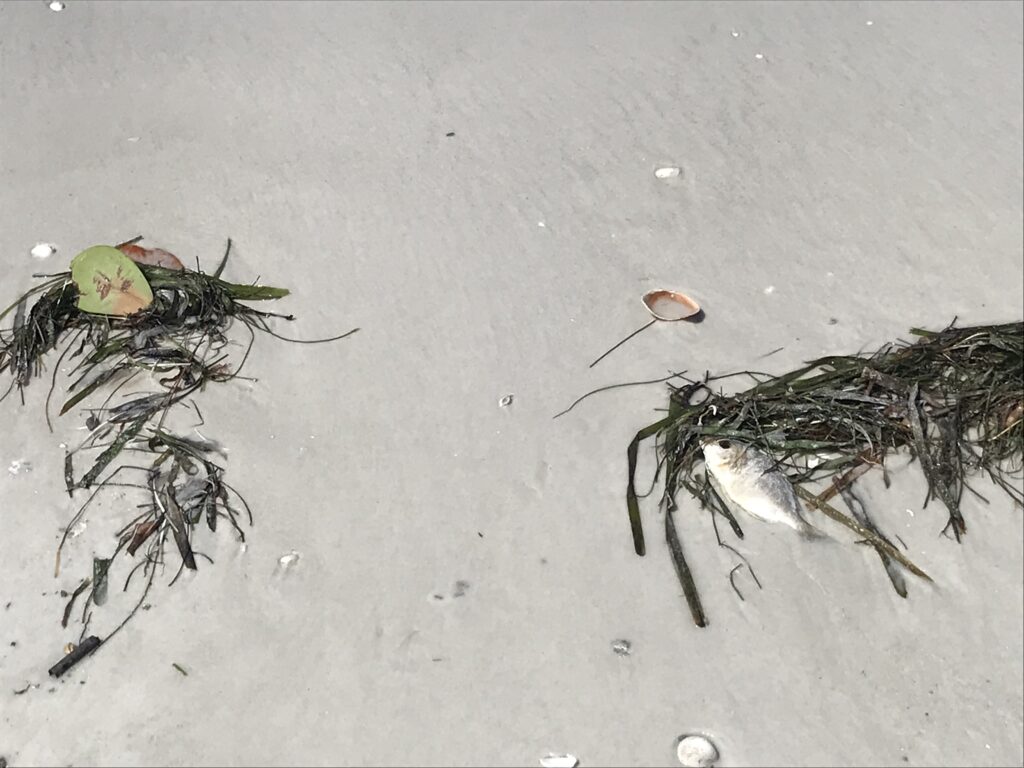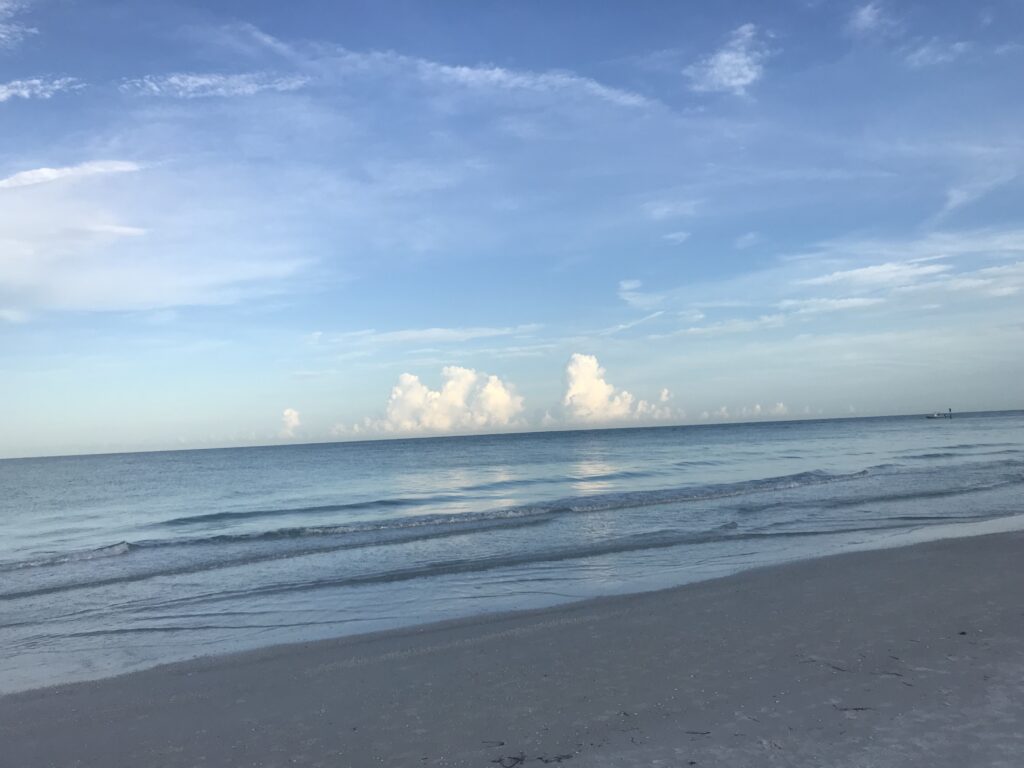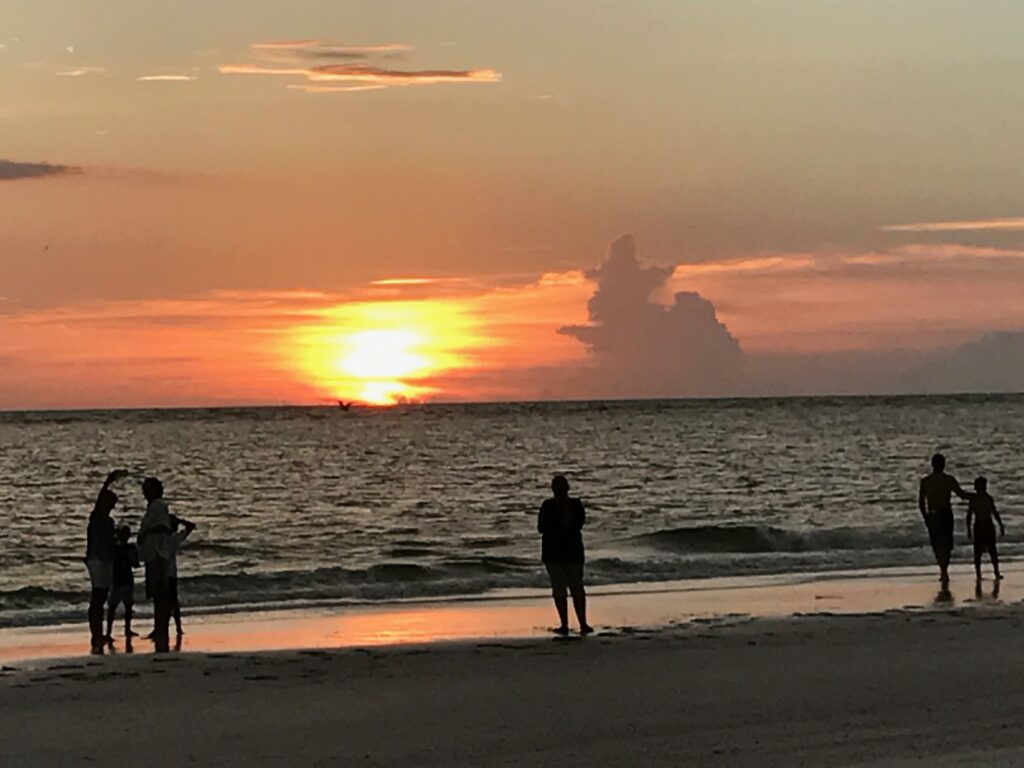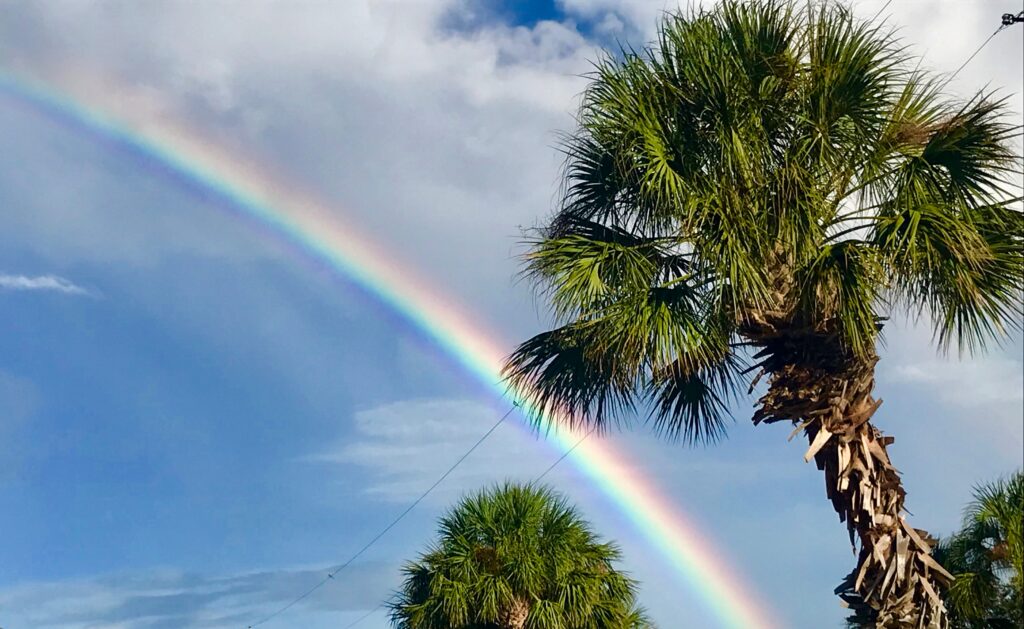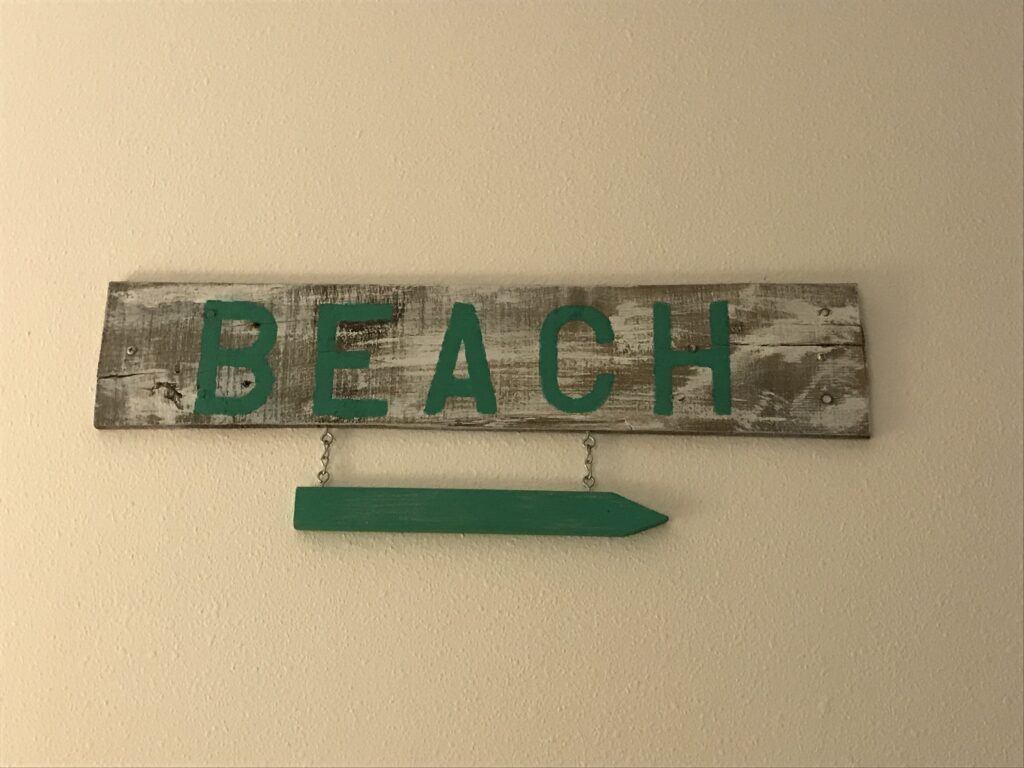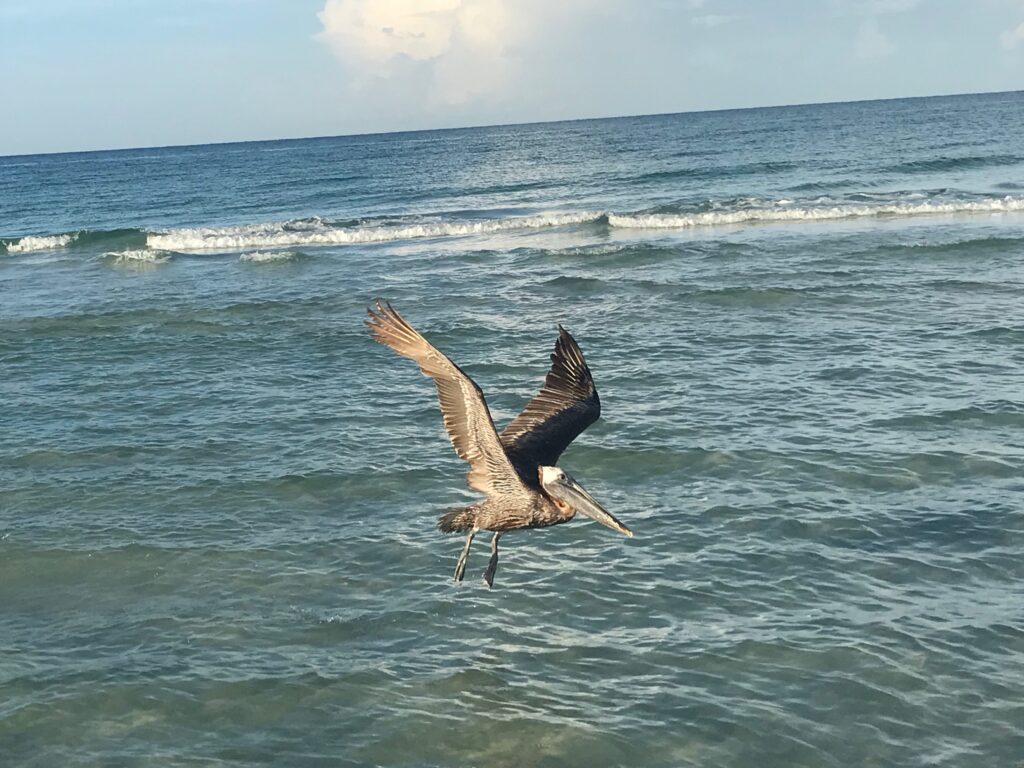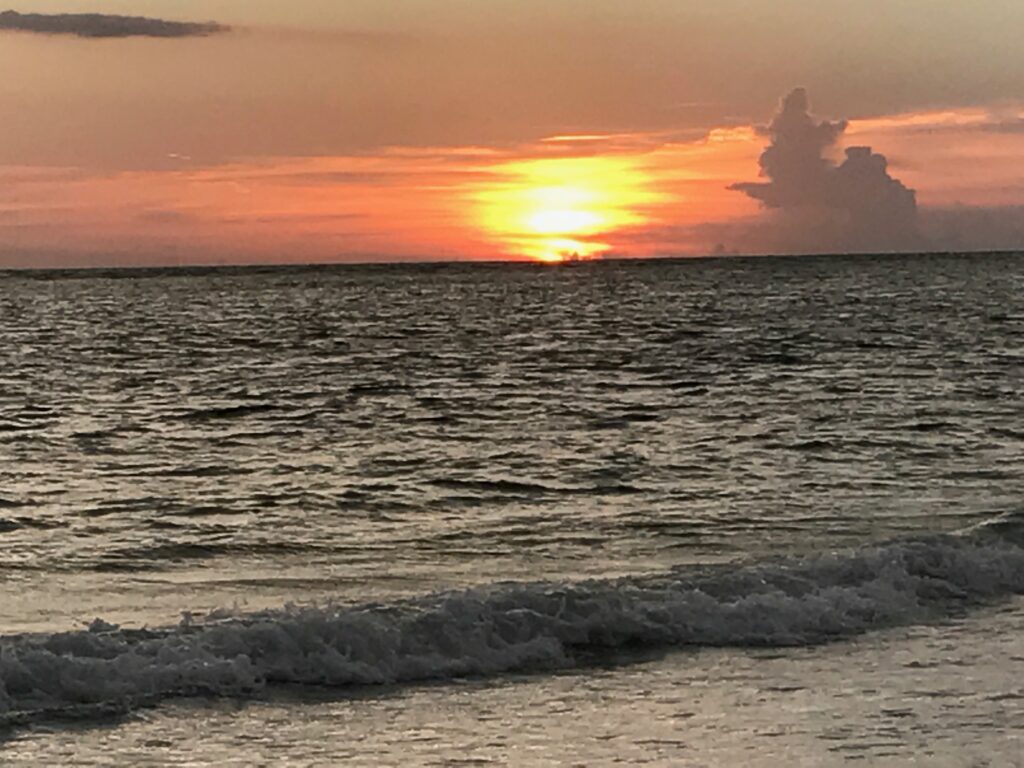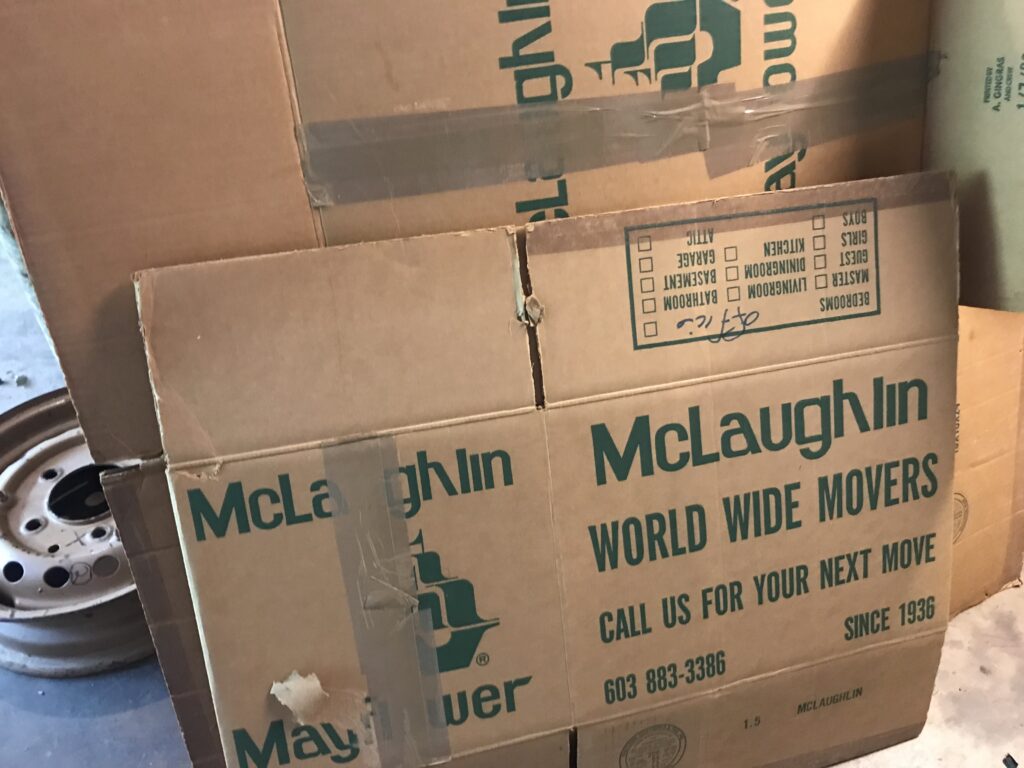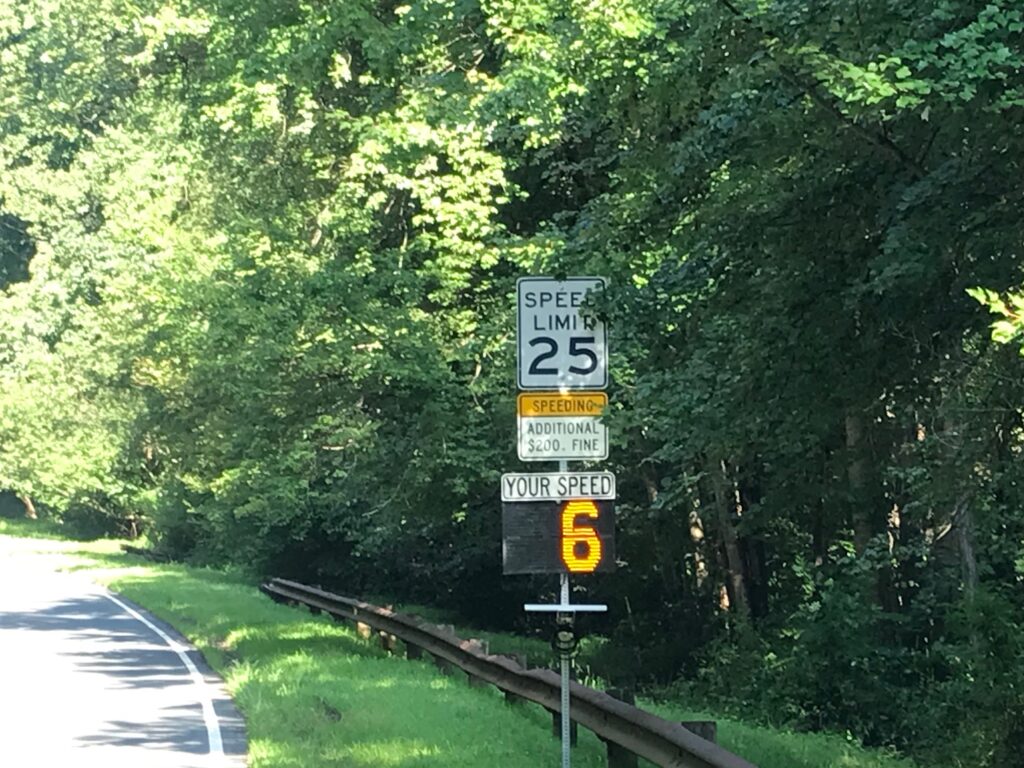Hummingbirds’ Return
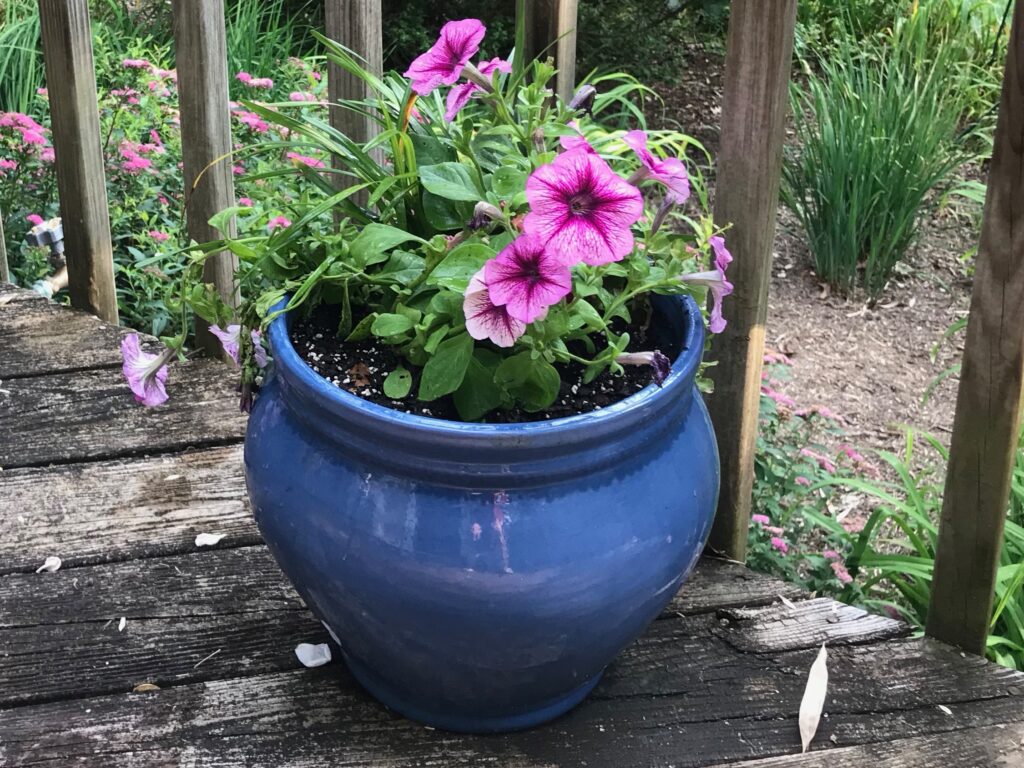
Hummingbirds were scarce early this summer. They showed up in late April, as usual — a scouting mission? — then vanished for weeks, lured by more tempting feeding troughs or blocked by the rain. But lately they’ve returned, sipping homemade nectar and supping on potted petunias.
Hummingbirds are my summertime companions — not exactly my spirit animal, but close. Their speed and hustle are the soul of the season. They live with abandon. They zoom, they dive. They perch ever so lightly on the thinnest of climbing rose twigs.
Sitting here, mired in words, I long to break free as they do. Romanticizing them? Of course. Their life is no picnic; it’s an ongoing quest for food and safety. But their presence is a balm to me. They remind me to live in the moment, to live free.
